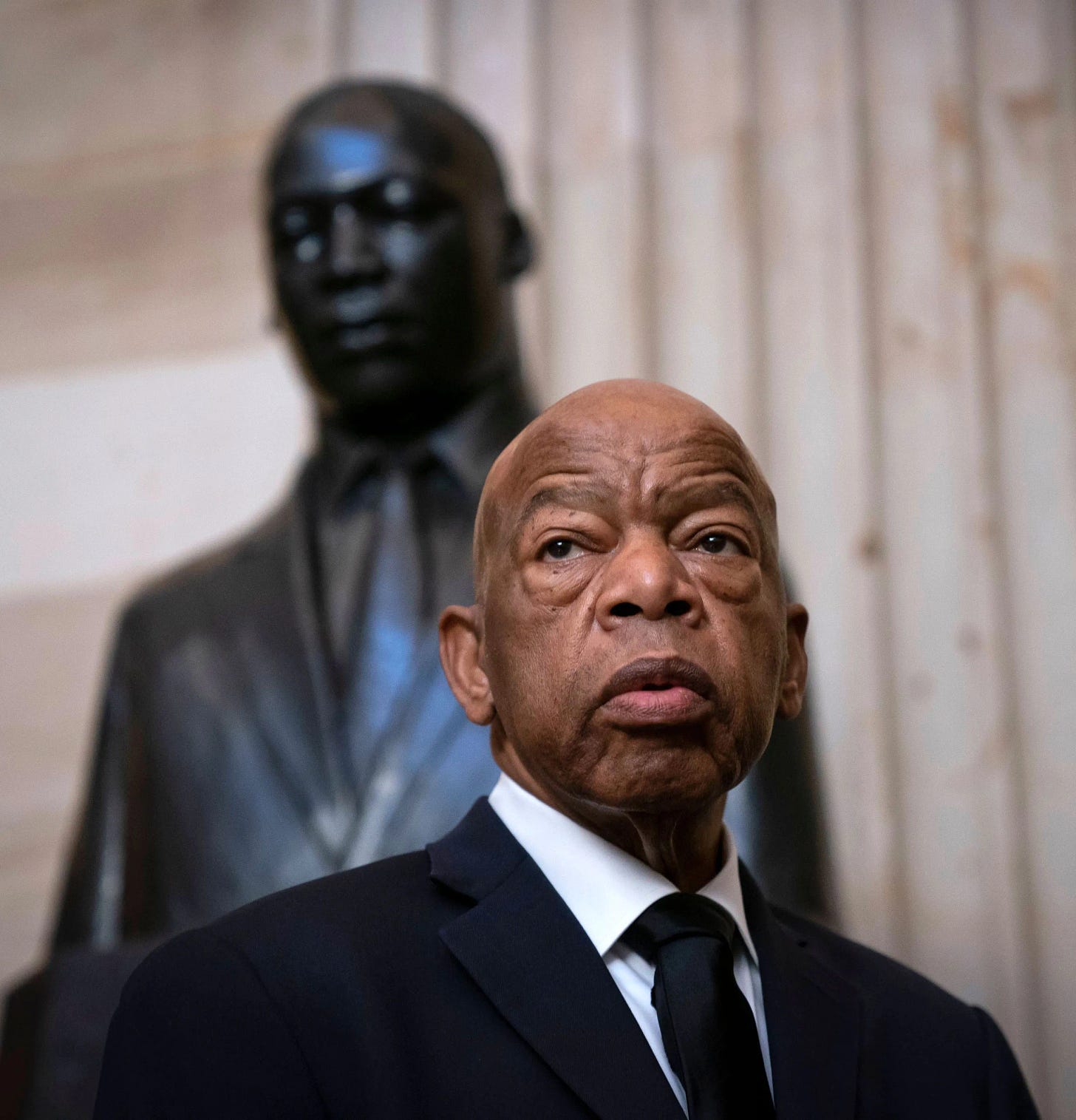Voters turned out in historic numbers in the 2020 election, and that cost the GOP both the White House by 7 million votes and even the Senate majority by a nose. African American and other minority voters, as well as younger voters, turned out in force in key swing states such as Georgia, Wisconsin, Michigan, and Arizona.

The GOP is now striking back. Because of its extreme right base and leadership, it knows that it cannot hope to build a bigger tent to reach out to but a small percentage of these voters. So its state lawmakers around the country have embarked on a dangerous, anti-democratic path to suppress voting in advance of 2022 and beyond.
According to the Brennan Center for Justice, 33 states have introduced, prefiled, or carried over 165 voter-restrictive bills, compared to 35 such bills in 15 states as of this time last year. They range from onerous state ID requirement laws, which on average impact minority voters at four times the rate as whites, to the elimination of polling stations, drop boxes and no-excuse mail-in voting, to name a few. All of these laws target traditionally disenfranchised voters, especially minority ones.
Why are they allowed to get away with this? And why does it seem like voter restrictions are growing easier to pass with time? To understand this, we need to go back to a key provision of the Voting Rights Act of 1965 called “Section 5.” That provision, championed by the late Congressman John Lewis, is known as the “preclearance requirement.” It prohibited certain states and counties with a history of suppressing votes from implementing any change affecting voting without receiving preapproval from the U.S. attorney general (or the U.S. District Court for D.C.) that the change does not discriminate against protected minorities. It was a proactive measure that kept voting laws from being rushed through and implemented, only to be challenged later.
That all changed in 2013. In the devastating Shelby County decision, which the late Congressman and voting rights activist John Lewis said “put a dagger in the heart of the Voting Rights Act of 1965,” Chief Justice John Roberts gutted Section 5’s protections. Writing for the majority, he opined,
"A statute’s ‘current burdens’ must be justified by ‘current needs,’ and any ‘disparate geographic coverage’ must be ‘sufficiently related to the problem that it targets.’ The coverage formula met that test in 1965, but no longer does so.
“Coverage today is based on decades-old data and eradicated practices. The formula captures States by reference to literacy tests and low voter registration and turnout in the 1960s and early 1970s. But such tests have been banned nationwide for over 40 years. And voter registration and turnout numbers in the covered States have risen dramatically in the years since. Racial disparity in those numbers was compelling evidence justifying the preclearance remedy and the coverage formula. There is no longer such a disparity.”
In her dissenting opinion, the late Ruth Bader Ginsburg shot back, pointing out the paradoxical fallacy of this argument, which boils down to a startling argument that because preclearance was so very effective in reversing disenfranchisement, the country no longer needs it. She observed,
“[T]hrowing out preclearance when it has worked and is continuing to work to stop discriminatory changes is like throwing away your umbrella in a rainstorm because you are not getting wet.”
Ginsburg’s dissent has proven prescient. Without the preclearance requirement, GOP-led states have rushed in with new restrictive laws, while election rights lawyers are left playing whack-a-mole to attempt to limit their impact.
Shelby County also left it to Congress to come up with new criteria for coverage, which actually exist right now within the proposed “For the People Act,” in which the John Lewis Voting Rights Advancement Act sets out specific guidelines and criteria for coverage. Its formula looks at more modern issues of discrimination and enumerates criteria for how to subject certain practices to preclearance. To respond directly to Shelby County’s charge that circumstances change, it has procedures for states or jurisdictions to show that preclearance does not make sense any more in their case.
Unfortunately, that bill faces near-certain filibuster by the Republicans in the Senate. They realize plainly what it would mean: the nationwide campaign to suppress and disenfranchise minority votes would hit up against a preclearance wall, led by Merrick Garland’s Department of Justice. A high priority must be to find a way around the filibuster or otherwise gain support from 10 senators for its passage.
Short of passing this law, Democrats must rely on lawsuits to stop the bills from becoming law or otherwise overturn them in the courts. The Department of Justice likely will now step in as well in many instances. But that is hardly the best way to prevent voter suppression. On the ground, advocacy groups will be working hard to blunt the effects of the laws through increased voter outreach and education, but they are fighting against a tidal wave of new laws.
In the coming weeks, I’ll break down the various ways these voter suppression laws operate and what we as citizens can do to help fellow citizens retain and exercise their full right to vote. In the meantime, if you’d like to donate to help fight these laws in the courts, consider donating to the Fair Elections Project, a non-profit organization fighting for voting rights across the country.





This is yet another argument for abolishing the filibuster and expanding the Supreme Court. This is disgusting and should be illegal.
Thank you. This is the kind of careful analysis I need. Much appreciated.